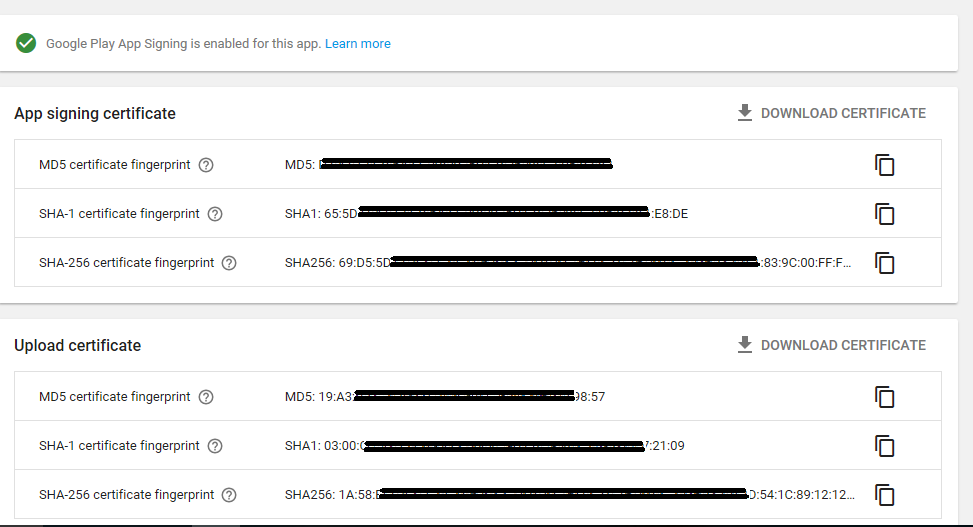
His only hope is that his victims will not verify the checksum and skip straight to installation. No matter how hard a malware distributor can try, he could never taint a program without affecting the checksum.
#SHA1 CHECKSUM SOFTWARE#
If a 3rd party were to take this same piece of software and alter the underlying code, even if only by a small amount, the hash functions will pick up on the changes and generate a completely different checksum string. These hash functions scan the program’s contents and hash it into a short, readable “checksum” string. They obtain this hash by running their program through one or several cryptographic hash functions right at release. How does a checksum work?Ī checksum is a hash value that’s created and distributed by the software creator.
#SHA1 CHECKSUM VERIFICATION#
These same integrity verification functions will pick up on those changes same as it picks up on malware. There is also a chance that your software is legitimately corrupt. He would then release it out into the wild for unsuspecting individual to use and distribute.Įven if you downloaded your software from a “reputable” 3rd party site, there is a chance that the site owners didn’t verify the checksum and are unknowingly distributing a tainted version of the software.
#SHA1 CHECKSUM FREE#
Verify the checksum so you don’t deploy malware ridden software!Ī malware distributor would have no problem injecting a free piece of software with his own hidden code. Why should you verify a checksum in the first place?

If you are a command line fan, Microsoft has their own unsupported command line checksum utility.
#SHA1 CHECKSUM ISO#
Checksum verification works on zip files, executables, iso downloads, or any other type of file. You should run this type of verification on all software downloads. You can either manually eyeball the strings to verify, or you can copy and paste a checksum string provided by the developer into the hash box and verify. In the table below, internal state means the "internal hash sum" after each compression of a data block.As you can see above, the checksums match the checksum distributed by the software developer (version 2.0 of the utility). NIST has updated Draft FIPS Publication 202, SHA-3 Standard separate from the Secure Hash Standard (SHS). The corresponding standards are FIPS PUB 180 (original SHA), FIPS PUB 180-1 (SHA-1), FIPS PUB 180-2 (SHA-1, SHA-256, SHA-384, and SHA-512). It supports the same hash lengths as SHA-2, and its internal structure differs significantly from the rest of the SHA family.

Cryptographic weaknesses were discovered in SHA-1, and the standard was no longer approved for most cryptographic uses after 2010.

This was designed by the National Security Agency (NSA) to be part of the Digital Signature Algorithm.


 0 kommentar(er)
0 kommentar(er)
